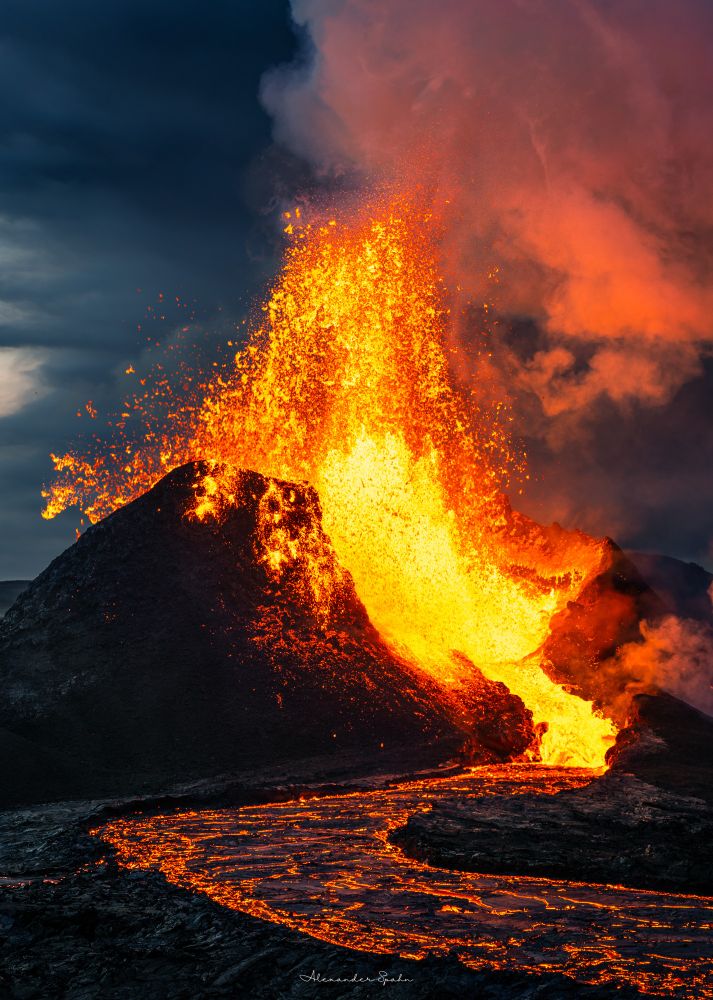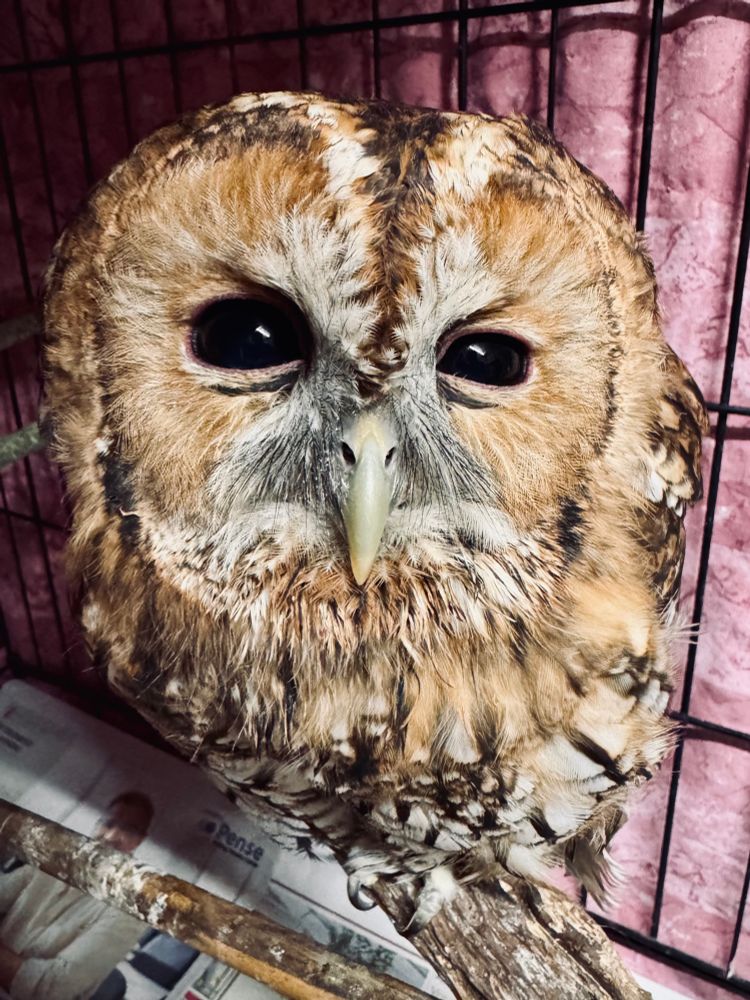Sar Crespi
@boron110.bsky.social
2.2K followers
850 following
55 posts
Podcast host for @ScienceMagazine & @NewsFromScience
https://www.science.org/podcasts
Posts are my own. http://namedrop.io/sarahcrespi
Posts
Media
Videos
Starter Packs
Reposted by Sar Crespi
Reposted by Sar Crespi
Reposted by Sar Crespi
Reposted by Sar Crespi
Reposted by Sar Crespi
Reposted by Sar Crespi
Reposted by Sar Crespi
Reposted by Sar Crespi
Reposted by Sar Crespi
Reposted by Sar Crespi











